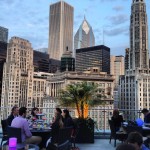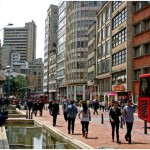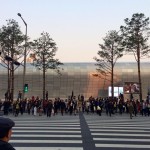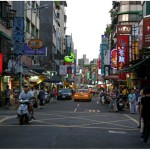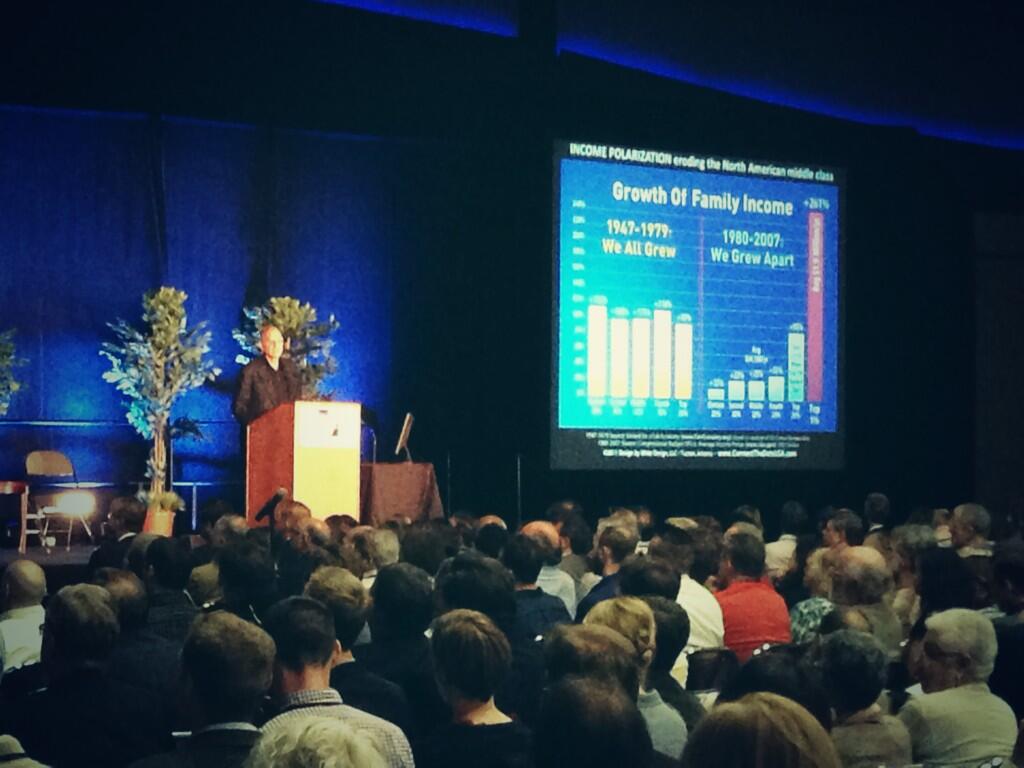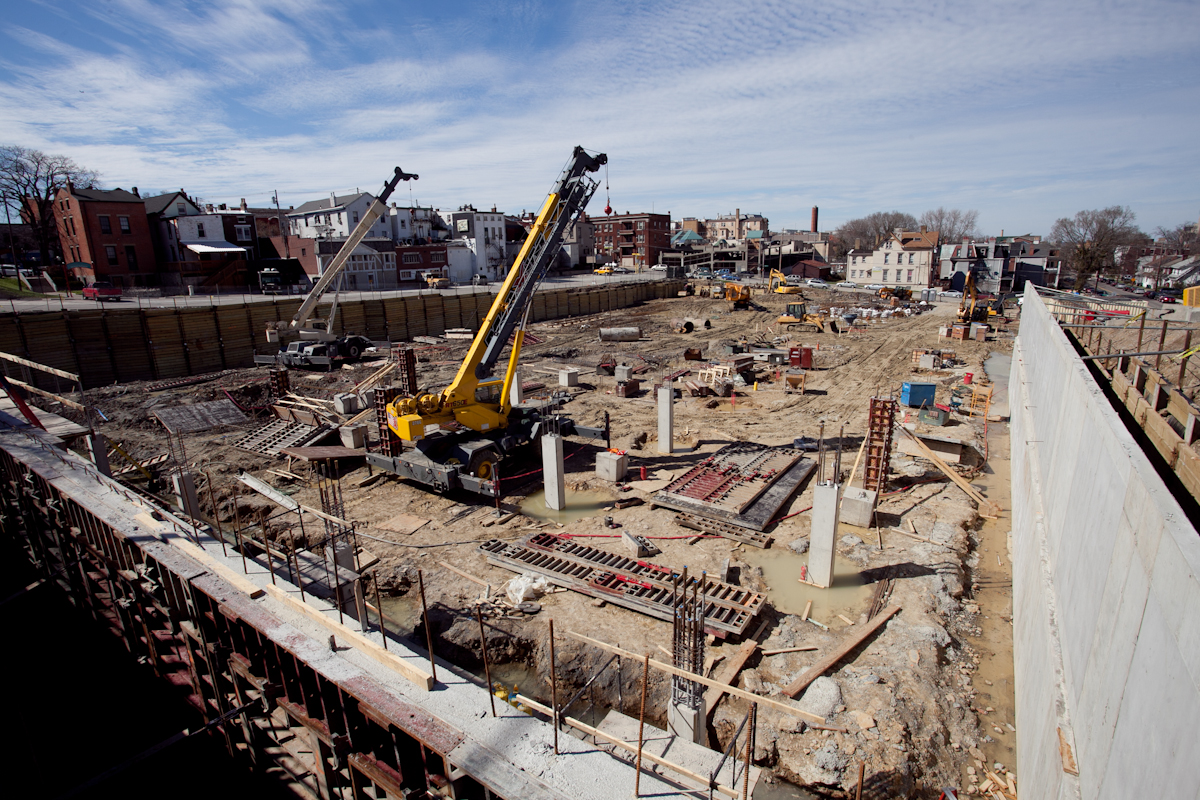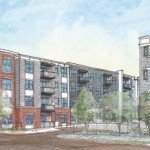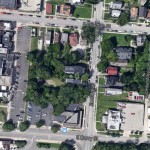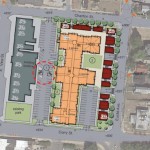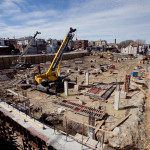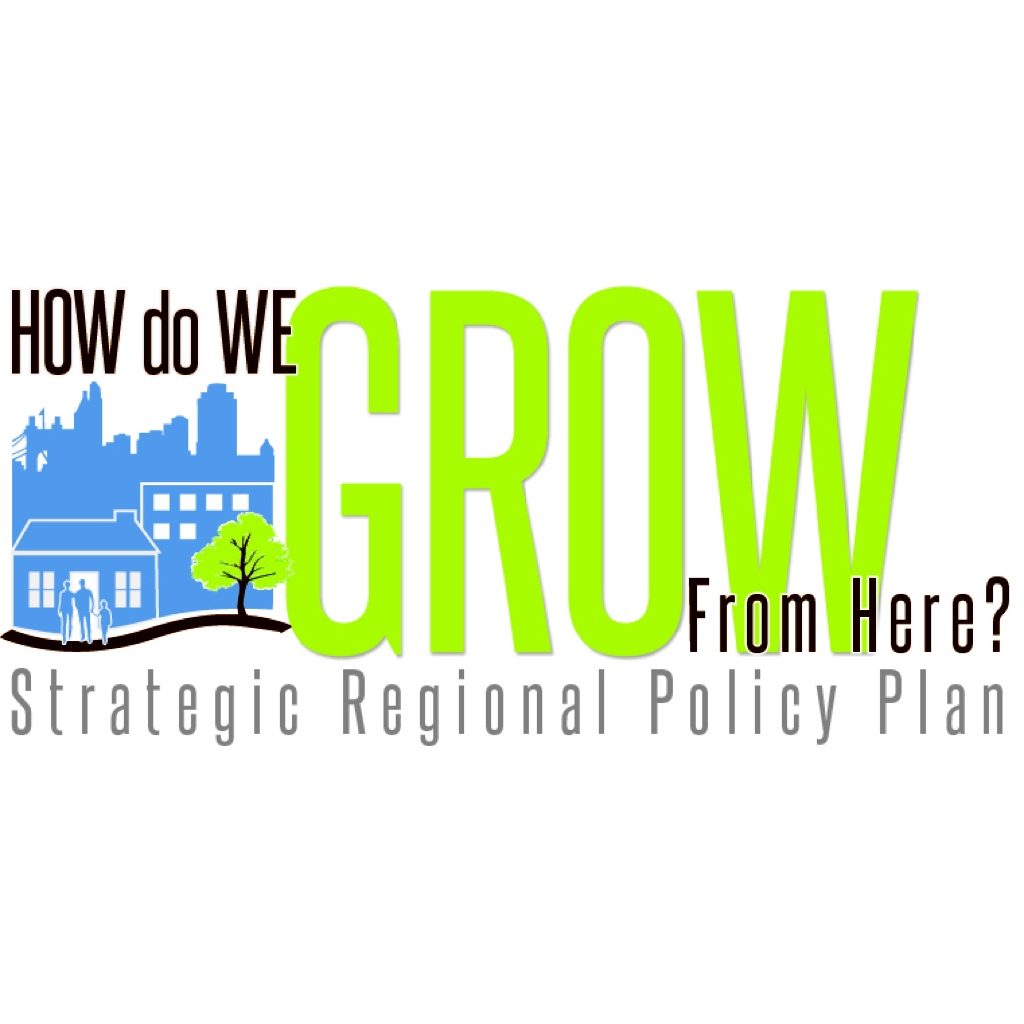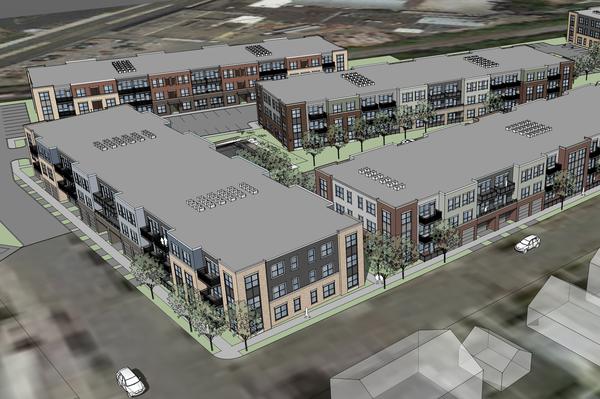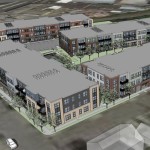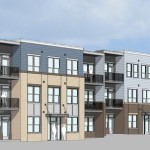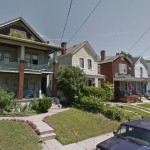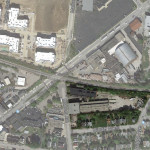There are many ways by which you can measure progress but there’s nothing like defining urbanity to put into perspective just how far along societies has come. Urbanity, after all, encompasses everything modern and progressive, the leaps and bounds that humankind has made through the years to essentially live better.
It’s in the trends of condos and high buildings. It’s in the gadgets and devices you carry around. It’s in the very air you breathe. Different people have different needs but it cannot be denied that everyone benefits from urbanity at some point or another.
That condo you’re living in? That’s a result of urbanity. As well as your favorite coffee shop and the latest flick they’re showing in a cinema near you. It’s around you and will continue to persist for as long as an individual interested in improving how one lives exists.
Defining Urbanity
What is urbanity? At the heart of it all, it is basically the refinement of experiences. If you think about it, anything urban is simply the better version of something else in a rural setting. If you think about living conditions, for instance, you’ll see a fine example in condo living.
Where living in a condominium can be considered as the pinnacle of comfort, luxury, and convenience in an urban area, the rural end of the spectra will show housing options of drastically lower quality. There is urbanity where there are jobs. There is urbanity where commercial structures abound. There is urbanity where modern living is applied. It is usually associated with large cities because their massive economic strength makes it possible for urbanity to thrive. It also usually paints a picture of glass and metal, starting full of promise but eventually fading into a backdrop of smog and gray skies.
Urbanity represents the good, the bad, and the ugly about progress. Identifying the bad and the ugly seems to be foreboding but this does not mean that all things urban are doomed to ruin eventually. True progress, and consequently true urbanity, has to do with finding solutions to everyday problems, making it easier for an ordinary citizen to wake up in the morning and go about their day.
This includes finding a balance between green architecture and innovative architecture, allowing cities to not only thrive with technology but to co-exist with the environment as well.
The Urbanity Equation
For the longest time, the urban setting has always followed a simple equation where you subtract green space when skyscrapers and others have to be added to the landscape. As such, as buildings and other structural feats filled the cities, lush greenery started to fade, until you’re left with nothing more than a few hardwoods used as accents. This pervaded until the disastrous effects of climate change started making themselves felt, making it known to every person that the environment will not take its destruction sitting down.
Calamities and disasters are clearly eye-openers that’s a why a more enlightened consciousness began to form, giving birth to architectures adapting to the needs of the times. People are increasingly becoming aware that their actions have consequences and that the results aren’t pretty. Fortunately, it’s not too late.
Mankind has done a great deal of damage to the planet but it is not too far gone that nothing can be done to remedy the situation. But if these efforts are to have a lasting impact, they have to be implemented at the soonest time possible while following a logical plan of action. After all, the sooner sustainability trends catch on, the sooner damages can be softened if not completely reverted.
If you’re looking for a home in the sky, for instance, make sure you go with a condominium that employs green technologies in their property, like energy-saving measures. Aside from automatically helping you do your bit for the environment, green architecture has impacts on energy use so this helps you save on costs because overall resource consumption in your building will be reduced. You’ll see this when you calculate condo cost. A portion of your condominium dues accounts, after all, for your share in the upkeep and expenses of the building so lesser expenses means smaller monthly fees for you to pay. Saving money while saving the environment? Not a bad idea at all.
Does It Add Up?
Ask anyone and most people will tell you that they still appreciate urbanity, what with the conveniences it offers in many aspects of day-to-day living. It’s definitely understandable because there are just many things in your life that you wouldn’t want to go back to after having seen what a better way is like. But in your aim to amass the better things in life, are you sure the trade-off is worth it? Sometimes, it’s just not.
Green living is a little bit easier today because property developers have taken it upon themselves to introduce sustainable and environment-friendly features in their projects. But just because your building recycles water doesn’t mean that you’ve done enough of your part in taking care of the environment. You have to take a more active role than that.
You have to think beyond what your actions will mean tomorrow, next week, or next month. You have to consider what your actions will lead to years in the future, when a different generation is walking down the very streets you walked on. Are you leaving them a livable world? No one can really say what will happen in the future but having the future in mind in whatever you do today will help ensure that there is indeed one to look forward to.
Putting Two and Two Together
The modern world will always have a certain level of flashiness to it but there is hope that it wouldn’t be as bright as before, a time when people are blinded to the realities and consequences of urban living. By turning down the lights bit by bit, people are able to see more clearly where the brazen path to the urban realm is really leading to (not that it hurts to save on energy costs at the same time).
Calculate condominium expenses and you’ll get an idea as to how much living in the lap of luxury will cost you. But is that amount really all you have to pay to enjoy a life of convenience? Costs can come in various forms and most of the time people are not willing to pay what it takes to get what they want. Worse, they don’t want to pay anything at all. Nothing in life is free and it’s this kind of greed and selfishness that got everyone into trouble. The sooner people find a way to balance their needs and wants with that of the planet’s, the sooner they’ll be able to truly make the most out of living in an urban landscape.
Urbanity is not evil. Don’t fear endless urbanity. There’s no need to fall into a zero-sum mentality when everyone can emerge as winners. It will require work but green urbanity is more than doable.
Anna Rodriguez is a Project Consultant for various real estate developers. She has a degree in Industrial Engineering and currently lives in the Philippines. She has also backgrounds in online marketing, social media management, and is currently a writer for Agency Post, and owns Homey Guide Blog.
If you would like to have your thoughts and opinions published on UrbanCincy, simply contact us at editors@urbancincy.com.

